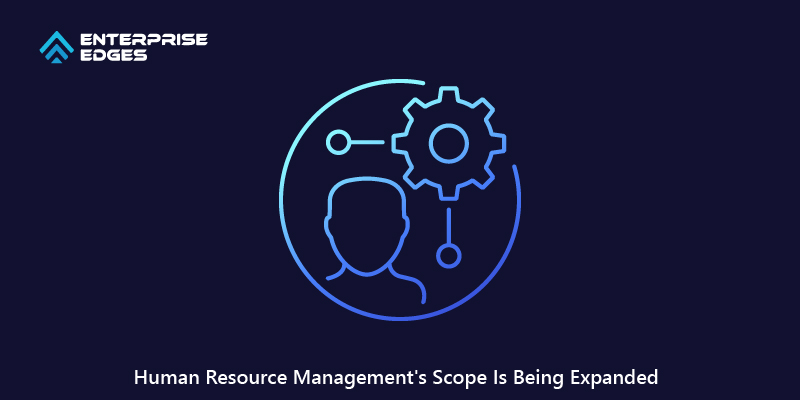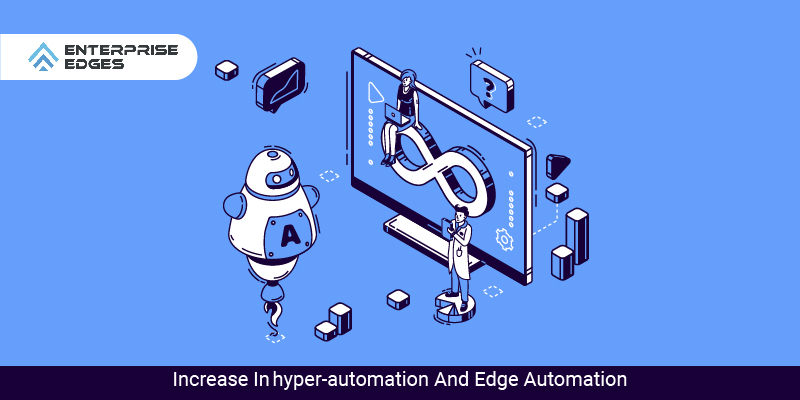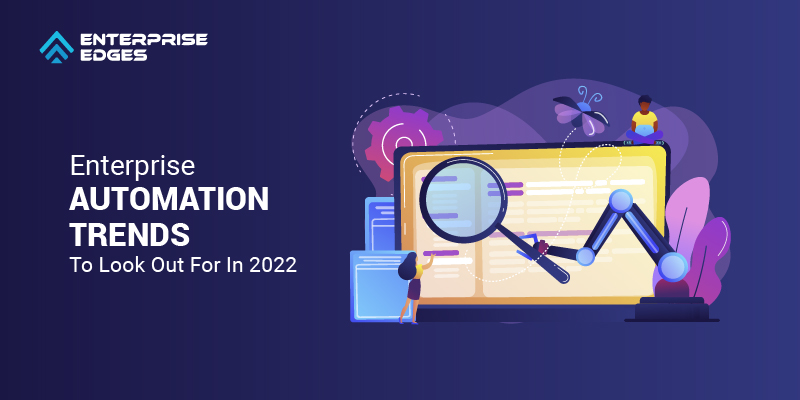Over the last two years, the COVID-19 pandemic has changed the way businesses operate worldwide. Businesses have been forced to reinvent new ways of doing business in order to survive and even thrive. Enterprises have embraced advanced Automation technologies to drive cost efficiency and profitability to be more agile.
Automation is rapidly expanding, and the year 2022 will see an increase in its global adoption. According to Forrester Research, “enterprises will embrace an automation fabric to fuel extreme innovation.”
The Top 10 Automation Trends We’d See In 2022!
1. Cios Will Play A Larger Role In Determining Automation Strategy

Automation is quickly becoming one of the top priorities for C-level executives as they seek to drive digital transformation. CIOs are increasingly involved in developing business and IT strategies to improve enterprise agility. They see automation as a key enabler in business transformation.
C-level executives are now expecting CIOs to take the lead in planning and implementing the entire automation strategy. The CIO must develop strategies and implementation plans to improve the enterprise’s automation capability through better-centralized governance, enterprise-wide visibility, and enhanced control. In addition, they would need to plan strategically to consolidate all disparate IT systems and increase automation skills and capabilities to deliver the right business results.
2. Robotic Process Automation (RPA) Will Emerge As The Most Powerful Technology In The Ecosystem Of Extended Automation Platforms
BPA (Business Process Automation), iPaaS (integration platforms as a service), LCAPs (low-code application platforms), AI platforms, and end-to-end RPA platforms are all emerging key components of extended automation platforms.
Even though numerous technologies are viewed as next-generation automation technologies, RPA will remain the core technology around which all other automation activities and technologies will orbit and function as RPA – plus.
Platforms with RPA-plus capabilities enhance and modernize the capabilities of adjacent platforms and can integrate seamlessly with existing technologies.
3. The New Engagement Layer In The Enterprise Stack Would Be Automation
Robots will play an important role in integrating various applications, systems, and software to integrate all business processes. Enterprises will work to add an automation layer to the top of their application stack to connect applications and record systems and key governance, maintenance, and developer capabilities. This new engagement layer assists enterprises in realigning and reimagining their business processes and providing new approaches to improving workforce efficiency.
4. Automation Coes Will Aid In The Achievement Of Higher Success Rates And ROI For AI Initiatives
AI deployment and execution are typically time-consuming, and obtaining a good return on investment is difficult. As a result, automation CoE teams are now broadening their scope to include AI and ML deployment in addition to process automation. Cutting-edge companies are now using automation to produce models and bring AI and machine learning (ML) to the front lines of actions, decision-making, and analysis.
Ready-made workflows make it simple to bring models into front-line decision-making and analysis, and new capabilities such as drag-and-drop model insertion and continuous automated model improvement make AI deployment easier than ever.
5. Cloud-Native Architectures Will Be Adopted To Provide Greater Flexibility With Platform Capabilities
There is a growing demand for greater flexibility and less lock-in to a specific delivery model when selecting an automation platform. As a result, automation technology companies are developing platforms that can be delivered from software (SaaS) to on-premises with minimal disruption and upheaval. In addition, automation providers are increasingly adopting cloud-native architectures that use containerization and microservices to deliver various platform capabilities whenever and wherever the customer desires.
Additional delivery innovations are expected in 2022, making it even easier to install, manage, and upgrade on-premises automation platforms while lowering the total cost of ownership (TCO) for every deployment.
6. Human Resource Management’s Scope Is Being Expanded

Automation, such as virtual assistants and smart technologies, can aid in the automation of mechanical tasks. This allows the workforce to focus their efforts on more difficult tasks. Automation would serve the purpose here because employees must strengthen their adaptability, leadership, and critical thinking skills. Thus, this automation trend has a very small chance of failing.
7. Increased Customer And Employee Satisfaction
The employee and customer experience are inextricably linked. Employees who feel empowered provide better services to customers. Customers are not willing to accept subpar service. Automation has made it easier to provide seamless, intuitive, and personalized services. As long as customer service is a priority, one cannot deny the importance of automation, which explains why this trend is likely to continue in 2022 and beyond.
8. JIT Workflows Are Emerging As An Alternative To Business Application-Based Workflows
Typically, we see many enterprises complete their work using business applications such as Jira, migrate to Workday, update on Salesforce, and so on. However, in 2022, we will see a new workflow model emerge. Employees will receive a series of JIT (just-in-time) tasks on their desktop due to this model, rather than having to switch between multiple applications to complete their tasks.
This approach will benefit people by freeing them from work segmentation and constant switching between applications. If we look for an analogy for this mechanism, we can find it in the assembly line process used by the manufacturing industry. This is precisely why, by 2024, approximately 25% of new employees in the development spectrum will be involved in codeless development, as opposed to multiple lines of code that are written today to build applications.
9. Increase In Hyper-Automation And Edge Automation

Hyper-automation is a fantastic platform for integrating integration, management, monitoring, and DevOps. Its ability to help businesses automate end-to-end workflows for managing complex support across multiple platforms is certainly noteworthy. Because of this, hyper-automation may see increased adoption in 2022 and the coming years.
Further, the requirement for locally gathering, analyzing, processing, and storing data in real-time has paved the way for edge automation. Because edge automation platforms are designed to run continuously without the need for specialized onsite or remote IT support, organizations will rely heavily on them in 2022.
10. The Automation Ecosystem’s Growth Is Exploding
Not only is automation technology booming, but so are all of the activities that surround it.
When it comes to determining the size and growth of the automation market, automation technology manufacturers are merely the tip of the iceberg. The ecosystem surrounding them, those who provide the software, hardware, IT integration services, custom application development, and consulting that unleash the power of technology, is many orders of magnitude larger. And it’s expanding at a faster rate.
That’s great news. A healthy ecosystem, like in nature, is a sign of the overall strength and sustainability of the automation industry. Growth will continue across the ecosystem in 2022. We’ll also see increased marketing, sales, and business development efforts as ecosystem participants compete to expand the overall automation pie and get a piece of it.
So, there you have it: the top 2022 predictions for automation. We see automation solidifying its critical enterprise technology, with RPA at the forefront. We anticipate it playing a larger role in the stack, identifying new champions throughout the C-suite, engaging in transformational innovations, and creating a thriving ecosystem! Thus, the trajectory of automation in 2022 is currently is on an upward trend.
